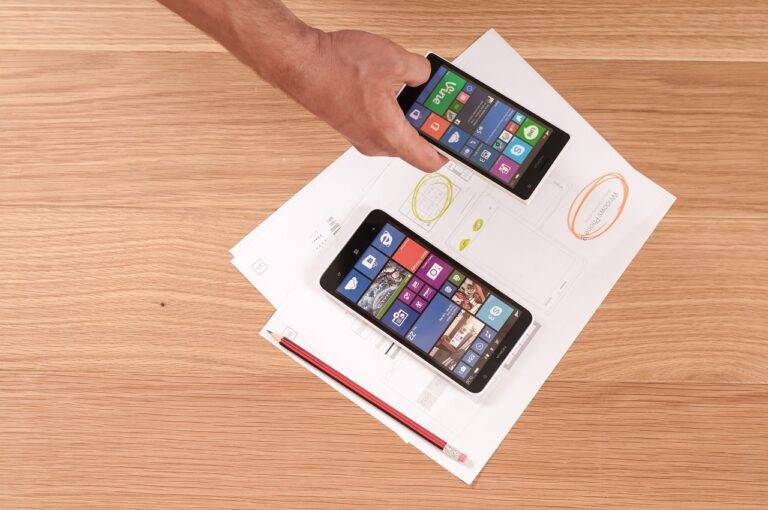The Evolution of Virtual Reality Technology: Applications in Business
Virtual reality technology has undergone significant advancements since its inception. From the early experiments in the 1950s to the high-tech VR headsets available today, the evolution of this technology has been truly remarkable. In the past, the bulky and expensive VR devices limited widespread adoption, but with the development of more accessible and affordable options, virtual reality has become increasingly integrated into various industries.
As technology continues to improve, virtual reality is becoming more immersive and realistic than ever before. The incorporation of haptic feedback, eye-tracking, and advanced graphics has enhanced the user experience, making virtual environments feel more lifelike. With the ongoing research and innovation in the field of virtual reality, the possibilities for its applications across entertainment, education, healthcare, and business are endless.
Early Developments in Virtual Reality
In the mid-20th century, the origins of virtual reality began to take shape with the invention of the Sensorama by Morton Heilig in 1962. The Sensorama was one of the earliest examples of immersive technology, designed to stimulate multiple senses through a large, enclosed booth that provided a 3D visual experience, sound, vibration, and even scents to the user.
Following the Sensorama, Ivan Sutherland and his student Bob Sproull developed the first head-mounted display system called the “Sword of Damocles” in 1968. This pioneering technology laid the foundation for modern virtual reality headsets by incorporating motion tracking and stereoscopic 3D imagery, tethered to a computer system. These early developments set the stage for the evolution of virtual reality technology, pushing the boundaries of what was possible in creating immersive, interactive digital environments.
What is Virtual Reality technology?
Virtual Reality technology is a computer-generated simulation of an environment that can be interacted with in a seemingly real or physical way.
How has Virtual Reality technology evolved over time?
Virtual Reality technology has evolved from simple stereoscopic viewers in the 19th century to advanced headsets and immersive experiences in the present day.
What were some of the early developments in Virtual Reality?
Early developments in Virtual Reality included the Sensorama machine in the 1950s, the first head-mounted display in the 1960s, and the creation of the term “Virtual Reality” in the 1980s.
How has Virtual Reality technology impacted various industries?
Virtual Reality technology has impacted industries such as gaming, healthcare, education, and training by providing immersive experiences and simulations that were previously not possible.
What can we expect from the future of Virtual Reality technology?
The future of Virtual Reality technology holds the promise of even more realistic and immersive experiences, as well as advancements in areas such as haptic feedback and augmented reality.





